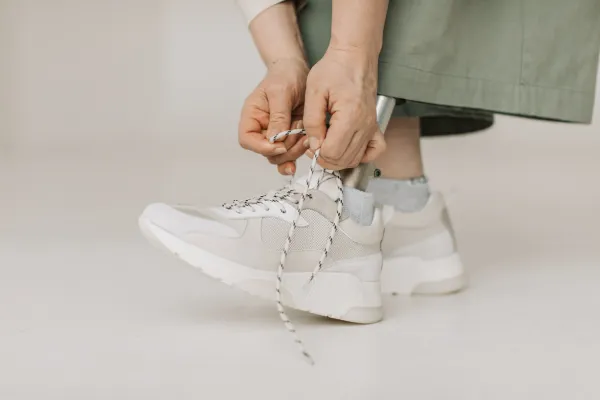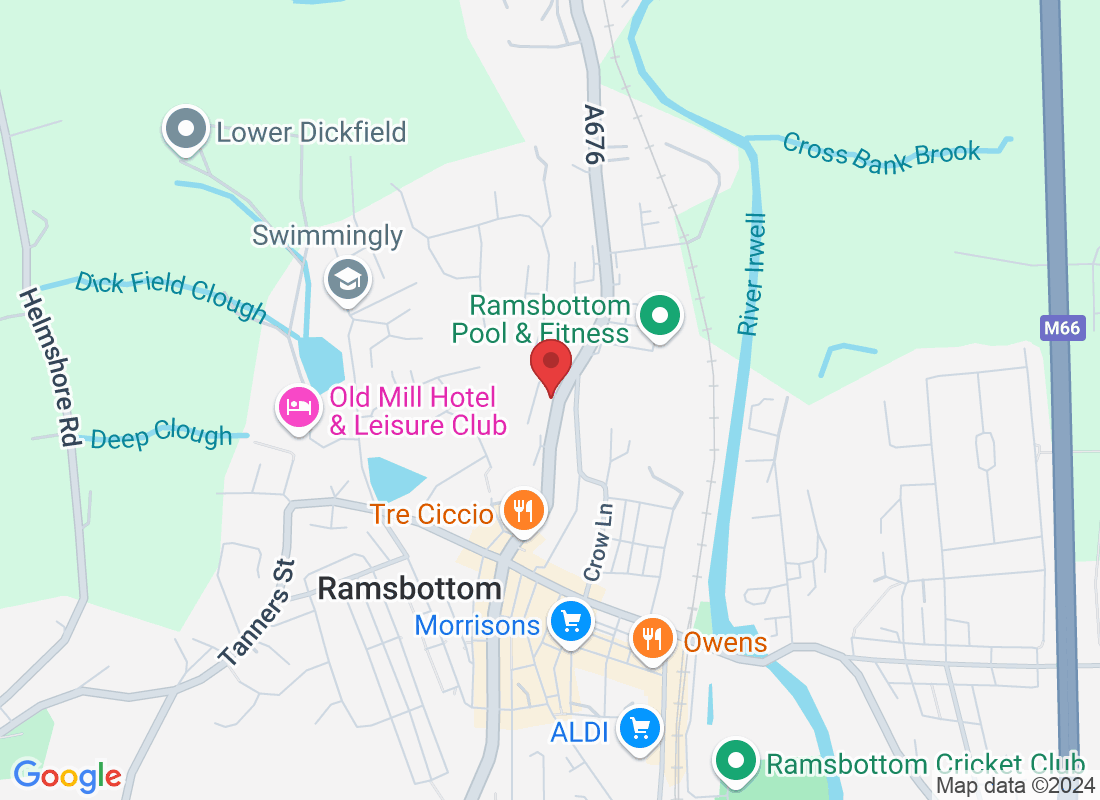
Are Your Shoes Secretly Hurting Your Feet?
Most of us slip into our shoes each morning without giving them a second thought. They’re stylish, practical, or simply what we’ve always worn. But what if the shoes you rely on every day are quietly damaging your feet?
As podiatrists, we see the long-term effects of improper footwear far too often—pain, deformities, chronic conditions, and reduced mobility. The truth is, not all shoes are created equal, and many are designed with fashion in mind rather than foot health.
Let’s break down the subtle signs your shoes may be doing more harm than good—and what you can do to protect your feet.
1. Your Shoes Don’t Match Your Foot Type
Every foot is unique. Some people have flat feet, others have high arches, some have wide forefeet, and others need more stability. When your shoe doesn’t match your foot type, your body compensates—and this can lead to pain in the feet, knees, hips, and even the lower back.
Common signs:
You feel pain after short periods of walking
Your shoes wear unevenly
You rely on painkillers or massages to “reset” after activity
2. They’re Too Tight (Even If You Think They Fit)
Most people actually wear shoes that are too small without realising it—some studies suggest up to 70% of adults do.
Tight shoes can cause:
Bunions
Hammertoes
Nerve compression
Blisters and calluses
Your feet swell throughout the day, so the shoe that fits at 8 a.m. may be squeezing you by noon.
3. The Toe Box Is Too Narrow
Modern shoe styles favour pointed or tapered toe boxes—even in athletic shoes. This shape squeezes the toes together, preventing natural movement.
A narrow toe box can lead to:
Morton’s neuroma
Toe deformities
Forefoot pain
Ingrown toenails
If you can’t wiggle your toes freely, the shoe isn’t doing your foot any favours.
4. The Heel Is Too High
Even moderate heel elevation—think 2–3 cm—can shift your entire posture. High heels (or even heeled boots and wedges) push the body forward, forcing the toes to grip with each step.
Over time, this can cause:
Achilles tendon tightness
Forefoot overload
Shortened calf muscles
Balance issues
If you must wear heels, choose lower, more stable options and avoid daily use.
5. The Shoes Are Too Old
Every shoe has a lifespan. Running shoes typically last 300–500 miles, while everyday shoes depend on use and weight.
Worn-out shoes lose cushioning and stability, which can lead to:
Plantar fasciitis
Shin splints
Knee pain
Flip your shoes over—if the tread looks uneven or compressed, it’s time for a replacement.
6. They Lack Proper Support
Minimalist shoes, slip-ons, and unsupportive fashion styles can leave your foot working overtime.
Without proper arch, heel, and midfoot support, you may experience:
Overpronation or supination
Heel pain
Fatigue
Muscle strain
Good support doesn’t mean stiff—it means stable.
7. They’re Too Flat
Shoes like ballet flats, sandals, and some casual trainers provide almost no cushioning or shock absorption.
The result?
Heel pain
Stress fractures
Tendon overuse
If the sole bends like paper, your foot is doing the cushioning instead.
How to Choose Foot-Friendly Shoes
When shopping for shoes, look for:
✔ A wide, natural-shaped toe box
✔ Firm heel counter (the back part shouldn’t collapse)
✔ Flexible forefoot but supportive midfoot
✔ Removable insole (to allow for orthotics if needed)
✔ At least a few millimetres of heel-to-toe drop
✔ Fit tested at the end of the day when feet are most swollen
Footwear should work with your feet—not against them.
Final Thoughts
Your feet support you every day—literally. Choosing the right shoes is one of the simplest yet most powerful ways to prevent pain and long-term issues. If you’re unsure whether your shoes are helping or hurting, a professional foot assessment can provide clarity and personalised recommendations.
Your feet deserve comfort, stability, and support. Treat them well, and they’ll carry you far.



